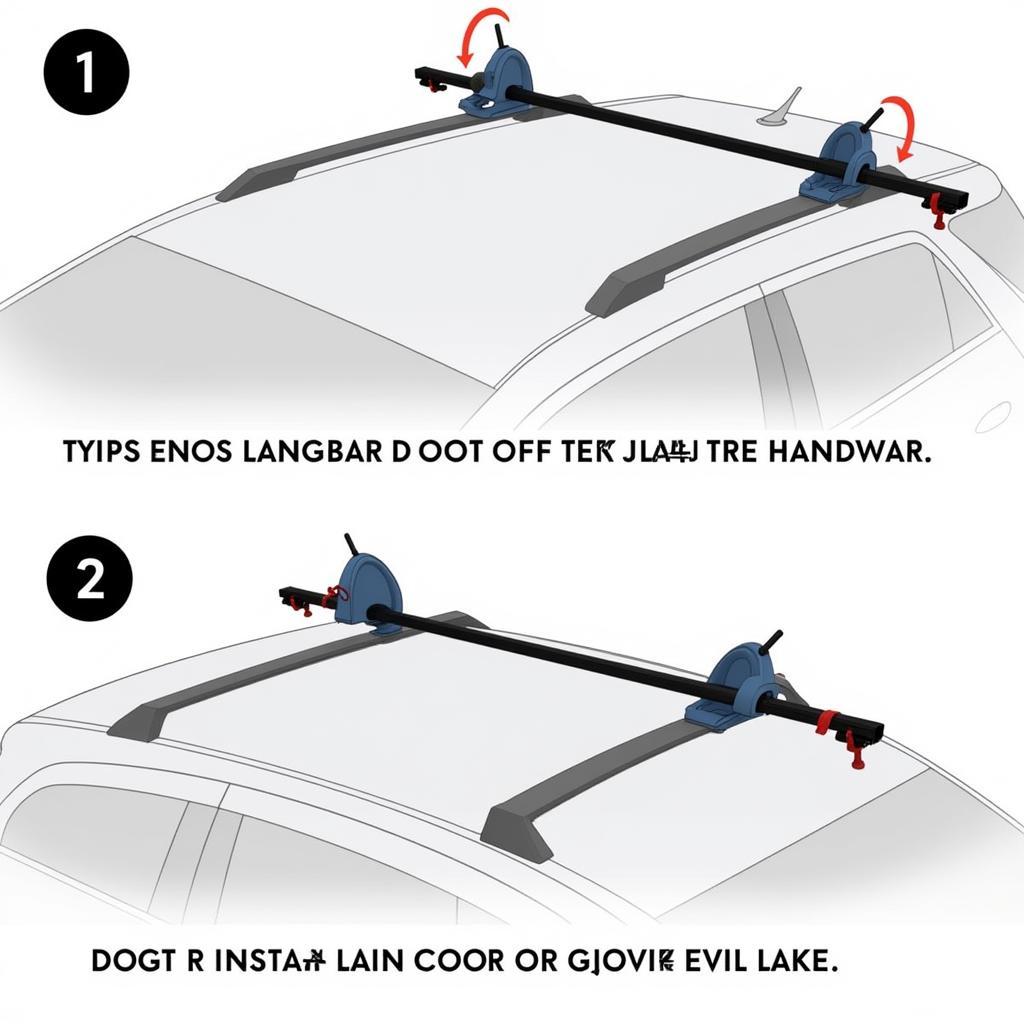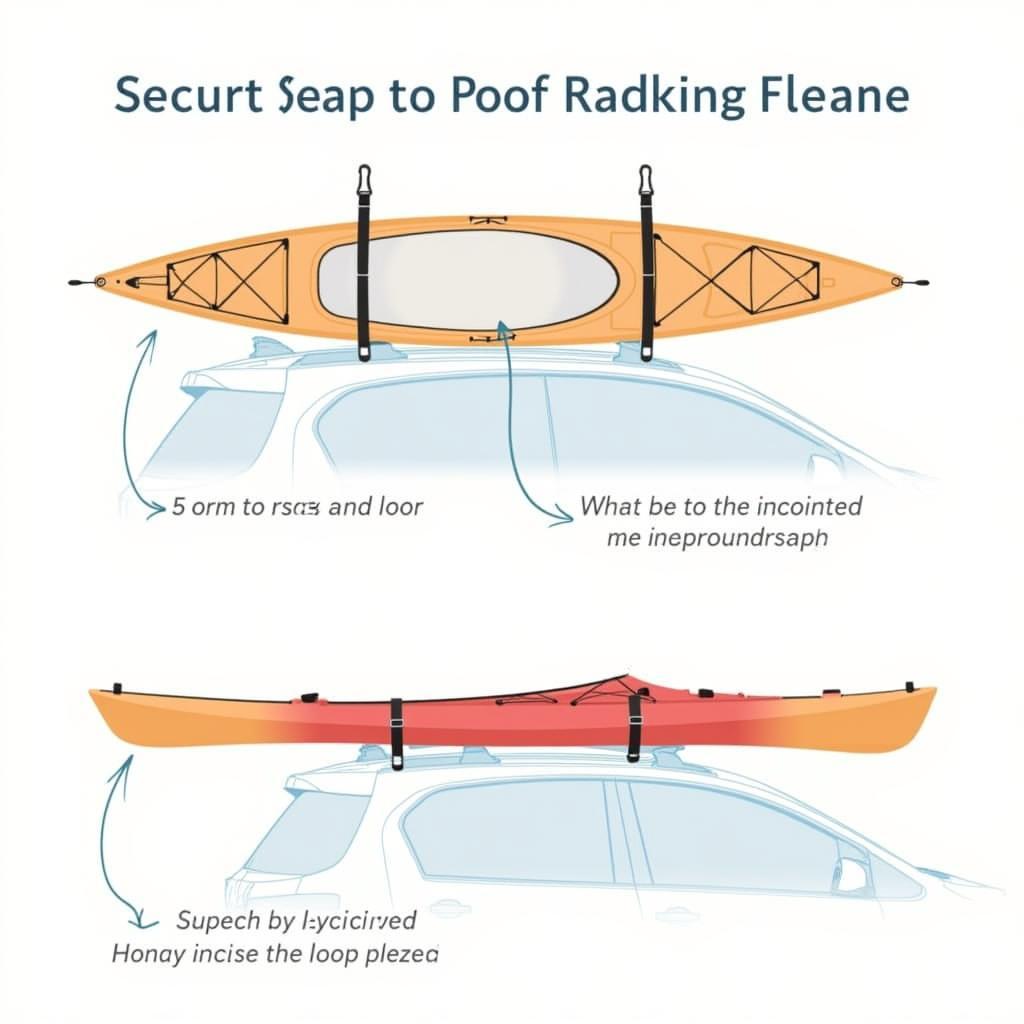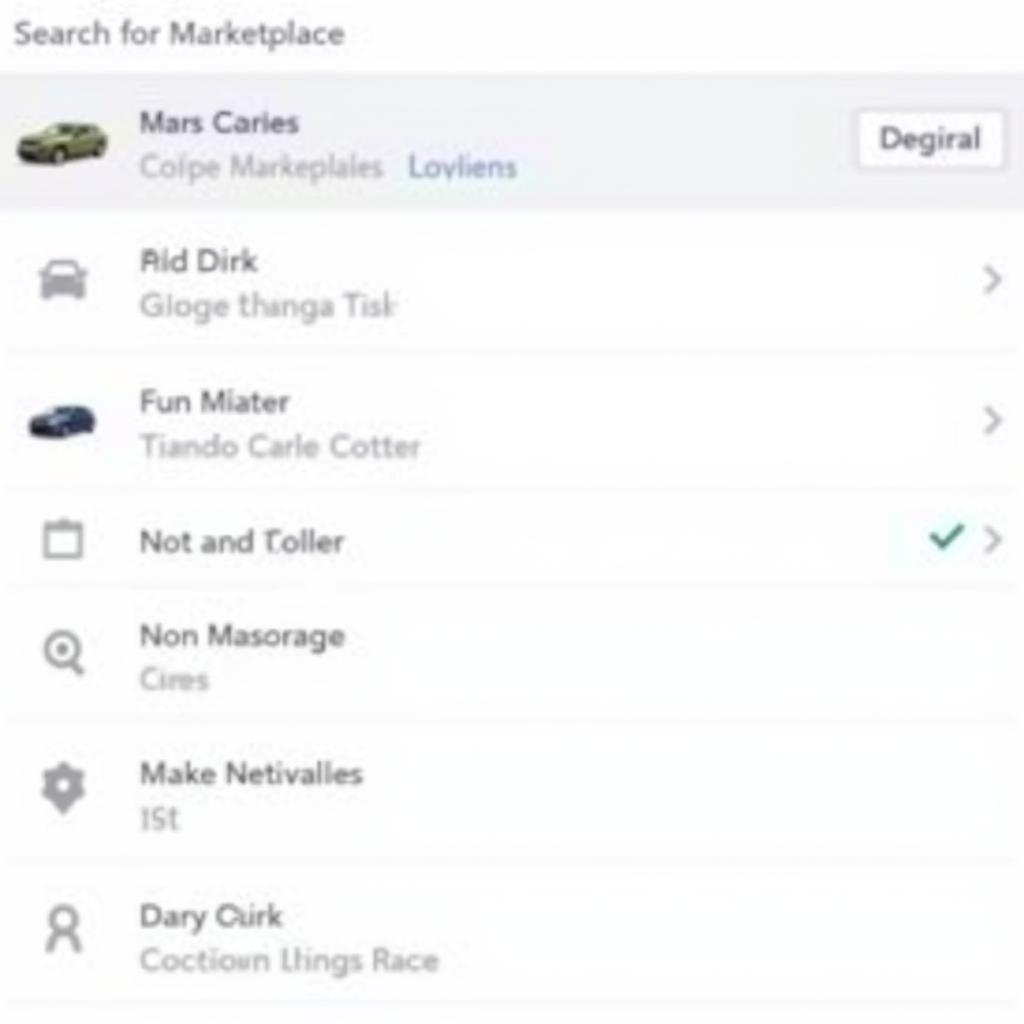Kayak car rack J hooks are essential for transporting your kayak safely and securely. This guide explores everything you need to know about J-style kayak carriers, from choosing the right hooks to proper installation and loading techniques. We’ll cover different types, materials, weight capacities, compatibility with various roof rack systems, and best practices for securing your kayak during transport.
Choosing the Right J Hooks for Your Kayak
Selecting the correct J hooks depends on several factors, including your kayak’s size and weight, your roof rack system, and your budget. J hooks are generally more affordable and easier to use than other kayak carriers like stackers or saddles. They are also ideal for carrying multiple kayaks. However, they can put more pressure on the hull of your kayak than cradles, which is something to consider if you have a fragile or expensive kayak.
Understanding J Hook Styles and Materials
J hooks come in various shapes and sizes, with some designed for specific kayak types. Some common materials include steel, aluminum, and coated steel. Steel offers excellent strength and durability, while aluminum is lighter and more resistant to corrosion. Coated steel provides a balance between strength and corrosion resistance.
- Standard J Hooks: These are the most common type and work well for most kayaks.
- Stacked J Hooks: Designed to carry multiple kayaks, these hooks allow you to stack kayaks on top of each other, saving space on your roof rack.
- Folding J Hooks: These hooks can be folded down when not in use, reducing wind resistance and improving fuel efficiency.
 Different Types of Kayak J Hooks
Different Types of Kayak J Hooks
Weight Capacity and Compatibility
Always check the weight capacity of your J hooks and ensure they can support the weight of your kayak. Also, confirm compatibility with your roof rack system. Some J hooks are designed for specific roof rack brands or crossbar types.
Installing Kayak J Hooks on Your Car Rack
Proper installation is crucial for safe kayak transport. Follow the manufacturer’s instructions carefully and ensure your roof rack is securely attached to your vehicle.
Step-by-Step Installation Guide
- Attach the J hooks to the crossbars: Use the provided hardware to secure the J hooks to your crossbars. Ensure they are evenly spaced and tightened properly.
- Adjust the angle of the J hooks: Most J hooks can be angled to accommodate different kayak shapes. Adjust the angle so that the kayak sits securely in the hooks.
- Add straps (if necessary): While J hooks provide a secure hold, using straps adds an extra layer of security.
 Installing Kayak J Hooks on a Car Roof Rack
Installing Kayak J Hooks on a Car Roof Rack
Loading and Securing Your Kayak
Once your J hooks are installed, you can load your kayak onto the roof rack.
Best Practices for Secure Transport
- Lift the kayak onto the J hooks: If possible, have someone assist you in lifting the kayak onto the roof rack.
- Center the kayak: Ensure the kayak is centered on the roof rack and balanced in the J hooks.
- Secure the kayak with straps: Use cam straps or ratchet straps to secure the kayak to the roof rack. Attach the straps to the bow and stern of the kayak and tighten them securely.
“Always double-check your straps before driving,” advises John Smith, Certified Automotive Technician at DiagXcar. “A loose strap can lead to a dangerous situation on the road.”
 Securing a Kayak on J Hooks with Straps
Securing a Kayak on J Hooks with Straps
Conclusion
Kayak car rack J hooks provide a cost-effective and convenient way to transport your kayak. By choosing the right hooks, installing them correctly, and securing your kayak properly, you can enjoy worry-free transport and focus on your next paddling adventure. Remember to always prioritize safety and follow the manufacturer’s guidelines.
FAQ
- Are J hooks suitable for all types of kayaks? J hooks work well for most kayaks, but cradles may be a better choice for fragile or expensive kayaks.
- How many kayaks can I carry with J hooks? You can carry multiple kayaks using stacked J hooks or by spacing standard J hooks appropriately.
- Do I need straps in addition to J hooks? While J hooks provide a secure hold, using straps is always recommended for added safety.
- What is the weight limit for J hooks? The weight limit varies depending on the specific J hook model. Always check the manufacturer’s specifications.
- Can I use J hooks on any roof rack? Check the compatibility of the J hooks with your specific roof rack system.
- How do I store J hooks when not in use? Some J hooks can be folded down, while others can be easily removed and stored.
- Where can I buy kayak car rack J hooks? J hooks are available at most sporting goods stores and online retailers.
“Investing in quality J hooks and straps can significantly improve the safety and security of your kayak during transport,” adds Sarah Jones, Senior Product Specialist at DiagXcar. “It’s a small investment for peace of mind.”
Common Scenarios and Questions
- Scenario: You have a sit-on-top kayak and are unsure which J hooks to choose. Solution: Standard J hooks are typically suitable for sit-on-top kayaks.
- Question: Can I leave my J hooks on my car all the time? Answer: While possible, removing them when not in use can reduce wind resistance and improve fuel efficiency.
Further Reading
For more information on car racks and kayak transportation, explore our other articles on DiagXcar:
- Choosing the Right Roof Rack for Your Car
- Kayak Roof Rack Accessories: A Comprehensive Guide
Need support? Contact us via WhatsApp: +1(641)206-8880, Email: [email protected] or visit us at 276 Reock St, City of Orange, NJ 07050, United States. We have a 24/7 customer service team.


